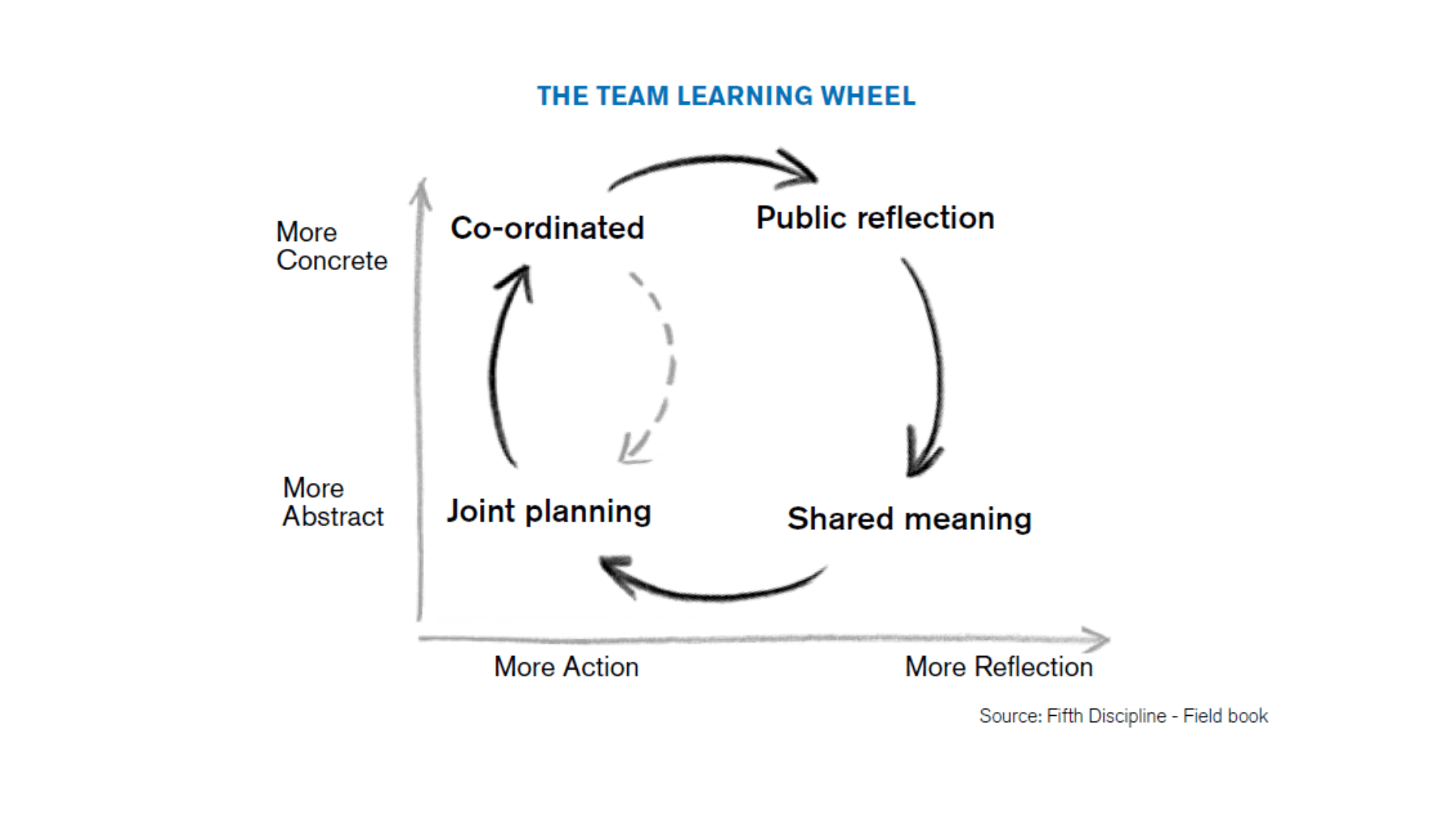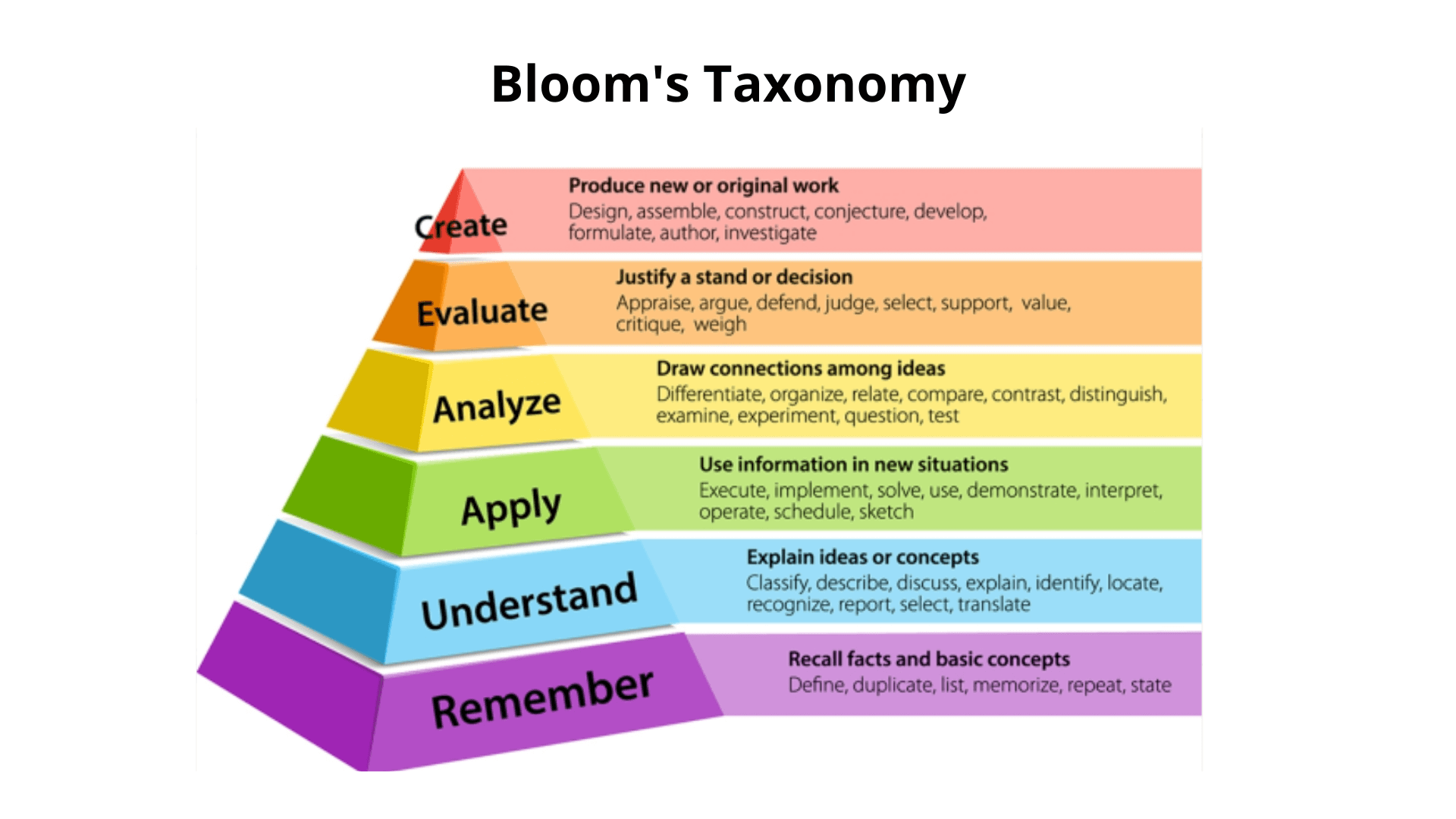
- By Matt Belcher
- ·
- Posted 22 Jul 2025
What Really Happens When Developers Use AI Tools?
The promises have been bold: AI coding tools will revolutionise software development, slash delivery times, and turn every developer into a 10x..

When starting a technical coaching process or looking to implement a change in your team to help it evolve and achieve its objectives, you must know how to choose the correct learning format to guide them towards those goals and answer some of these questions: How does the group learning process work? How are learning objectives defined? How to prepare a plan based on my team's learning objetives? José Enrique Rodríguez Huerta, Technical Coach, answered these questions in a meetup in which he also offered actionable tools you can use in your team starting now.
As an individual, you have a cycle: decide what you want to learn, try it out, reflect on what has happened, connect with the learnings and determine what the next steps are and so on. You can get into this cycle at different points, but there is an experiential aspect where you are connect with the knowledge you are learning and, at the same time, practice. If you are not practising, you are acquiring some knowledge, but that doesn't mean you are building a skill.
The process is similar to a team, but the cycle takes place for both individuals and the team; you have the reflection process and the connection aspect as well; it just takes a different form. For example, in the reflection aspect, if you do it individually, you may still need to learn or grow as a group. To do it as a team, you have to create a shared understanding and coordination around what to do, how to act, etc. A shared understanding allows the team to move forward in the same direction.
This distinction is essential because a transactional memory system is developed when learning as a team. The group becomes a mechanism through which members collectively encode, store and retrieve knowledge.
- José Enrique Rodríguez Huerta, Technical Coach

The technical coach pointed out that it is crucial to complete the whole cycle. For example, if you stay in the plan and do, and there is no reflection on what is happening, there will likely be no connection with your goals. Also, there can't just be a reflection; you must also plan and implement.
Also, it is essential to understand what is needed from the learning process and where people are to help them achieve their goals. Understand the roles that each person on your team has; the implementer, the divergent thinker, the system thinker or the convergence thinker, and see how they connect to make sense of to make sense of the team and the actions being taken.
There are different types of knowledge: factual (terminology, details), conceptual (theories, models), procedural (methods, techniques) and metacognitive (strategic, self). The knowledge you intend to teach defines how you will teach it. Therefore, it is essential to be clear about the type of knowledge you want to train and focus the format and exercises towards that knowledge or skill.
To exemplify this point, Rodríguez Huerta raised the question of how to teach values. After several observations, he explained ways in which this can be achieved. First, you must decide what deals you want your team to adopt, be explicit about them, and demonstrate them in your daily work, leading by example. You can also seek out individuals or groups of colleagues who already share those values and invite them to give a talk or perhaps encourage your team to participate in activities with communities that already experience those values. Throughout all these actions, you should promote continuous interaction and communication, celebrate good behaviour associated with those values and give recognition. In this way, little by little, these values will become an integral part of your team and will create a sense of belonging.
As a valuable tool to start a learning process for the team, Rodríguez Huerta presented Bloom's taxonomy, a framework for classifying educational objectives into six broad categories: knowledge, comprehension, application, analysis, synthesis and evaluation. It organises interactions with knowledge on a scale, where you have something as basic as remembering to apply it or creating something new with that knowledge. It not only enables you to focus on learning for each type of knowledge but also allows you to set learning goals.
For example, it will help you see what level of proficiency you want to reach, so you can select exercises that fit that level. This framework provides clarity to the team on what they want to achieve and helps them to focus on actionable steps.

Many formats can be used to train a team, and each one works in different areas, so you have to identify which area you want to develop and use the one that best suits that objective. Some of the formats that the technical coach presented were:
We hope you find these tools helpful in helping your team achieve their goals. We thank Rodríguez Huerta for sharing his knowledge with us and the participation of the Murcia Software Crafters community. If you want to review concepts, we leave you the tech coach's presentation and the video of the complete session below. See you next time!

The promises have been bold: AI coding tools will revolutionise software development, slash delivery times, and turn every developer into a 10x..

Reflections on a thought-provoking panel discussion exploring the future of our craft.

In today’s retail environment, customer experience is the battleground—and technology is at the heart of it.
Join our newsletter for expert tips and inspirational case studies
Join our newsletter for expert tips and inspirational case studies